Dear Editor:
I read the “Debacle at Luban” article in your July 2007 issue with much interest. The study of this unknown campaign gives the reader a clearer insight than he can get from the study of famous battles which are distorted by myth and legend. Luban shows the totalitarian state at its worst. The leader is remote from the battlefield, surrounded by flatterers, distrustful of his officers, ignorant of tactics, and unconcerned with the fate of his unfortunate soldiers. This is a history lesson for all times.
William Saunders
Whately, Massachusetts
Misidentified Tank
Dear Editor:
Sorry, but the disabled tank pictured on page 13 of the July 2007 issue is not an Italian tank. It is one of the U.S.-made M3 “Stuart” types. This should have been obvious to someone. Technical errors of simple facts significantly detract from an author’s work.
Francis Blake
Fullerton, California
Sherman Versus Tiger Redux
Dear Editor:
I have enjoyed the debate between Barry Ward and Guy DeYoung on the Dispatches page concerning Shermans versus Tigers in Normandy. Although Mr. DeYoung made strong arguments in the July 2007 issue, I believe Mr. Ward’s case is even weaker than Mr. DeYoung suggested.
The first issue concerns the range at which combat took place on the Western Front. The heavy guns of the Tiger and Panther tanks could indeed knock out Allied tanks of any sort, on any front, and at a very long range (approximately 6,560 feet). However, due to the hedgerows in Normandy, the high level of urbanization, and other obstacles, this range was rarely achieved on the Western Front. It was on the Eastern Front, and its wide-open spaces, where the Panthers and Tigers had their greatest success. The average distance over which tank fights took place on the Western Front was about 500 meters, where the Sherman tanks, even with the less powerful 75mm guns, stood a good chance against the thicker armor and bigger guns of the German tanks.
The second issue that hasn’t been mentioned is the number of German tanks present in Normandy. While the Tiger and the Panther often get identified as the main German tanks in Western Europe, the reality of the situation was that the vast majority of German tanks on the Western Front were the Mk IV model—a tank with less armor and a weaker gun than the later tank models. The Sherman was on about equal terms with the Mk IV in a fair fight.
Another issue that has important implications is the presence of air power. The Allies by 1944 had complete air superiority and used it to make regular attacks on German tank units. Many German tanks were destroyed outside of battle by the Allied fighter-bombers. To avoid the Allied air attacks, the German tanks could only really move at night, and in battle the Allied ground support aircraft could perform functions that the Sherman’s weak guns could not; the planes could take out the heavy German tanks at long range. The effects of air power on the Western Front so concerned the Germans that they waited until the Allied planes would not be able to fly to launch their winter offensive.
The final issue in the debate concerns the adaptability of the Sherman. The Sherman tank was actually very adaptable to other tasks; it could be modified to use rocket artillery, flamethrowers, mine destroyers, and serve many other purposes, while the Tiger and the Panther were nowhere near as adaptable, and thus not as useful. So while the Tiger and Panther were good tanks, it was the “weak” Sherman that ended up winning the battle of Normandy for the Allies.
Kevin Fortuna
Lafayette, California
A Soldier’s Message from Iraq
Dear Sir,
First, I love your magazine. I buy one every month. However, I thought I would clear something up that I thought wasn’t completely fact in Maura B. Delaney’s story about Corporal James G. Delaney (May 2007). It was a very good story, but at the end the writer goes on to say that a U.S. soldier in Iraq today can communicate via cell phones for only four cents a minute and that soldiers with laptops equipped with broadband have free Internet at their bunks, which isn’t true. Soldiers are not allowed to have cell phones in Iraq. Maybe civilian contractors can—they are not under all the many rules we are. Also, as far as the Internet goes, some soldiers have Internet at their bunks, but most don’t—and it is far from free. Those who don’t have to go to our local MWR center to use satellite phones and Internet, which still aren’t free. We have to pay to get cards for those phones. Granted it isn’t like World War II where soldiers were on the front line for months on end. As a soldier in Iraq myself, I felt it was some thing I should clear up for the folks back home. Otherwise, I have had no complaints about your magazine.
Matthew R Vitek (U.S. Army)
Al Taqaddum, Iraq
FDR and Pearl Harbor
Dear Editor:
In “FDR Prepared the US for Entering the War” by Peter Kross (Top Secret, May 2007) the author lists a plethora of actions taken by the Chief Executive which directly contravened his public pledges to—and the strongly expressed desires of—the American people to steer clear of another European war. Kross’s own words, as well as the column’s title (Top Secret) invalidate, to a large degree, his conclusion that the debacle at Pearl Harbor on December 7 was merely “misinterpreted and mishandled” intelligence. Where there is smoke one usually finds fire, but one must have the desire to look! See Day of Deceit: The Truth About FDR & Pearl Harbor by Robert Stinnett (1999).
The leaked story in the Washington Times Herald of December 5, 1941, just two days prior to Japan’s “sneak” attack shows just how far the president and the political class of the country had planned ahead for the war. It was also a well-timed psy-ops maneuver that informed a stunned public of their intentions and the immense cost of the coming war a mere 48 hours prior to the horrors of Pearl Harbor, thereby mitigating any serious discussions.
There are two ways one can view history: either as coincidence or conspiracy. I would urge your readers to peruse the work of historian Bernard Baylin, whose Pamphlets of the American Revolution, 1750-1776 shows the Founding Fathers acceptance of a conspiracy on the part of Britain’s ruling elite to deny them their rights was considered the “enlightened” way to view events.
As opposed to those who would label such theories as paranoid/delusional (an ad hominem attack used to stifle debate) historian Gordon S. Wood found them “rational and scientific.” In his essay “Rhetoric and Reality in the American Revolution” (William and Mary Quarterly, 1966) he went on to say, “The Whigs intense search for the human purposes behind events was in fact an example of the beginnings of modern history” (emphasis added).
Would that today’s crop of chroniclers take such a “modern” view of happenings and also recall FDR’s quip that nothing in politics ever happens by accident. Perhaps such tragedies as December 7 and September 11—not to mention The Maine (how so few today “Remember”), the Lusitania, and the Gulf of Tonkin—and their aftermath could be averted, and the promises of representative democracy in our own land be fulfilled.
Thomas Jefferson was absolutely right when he concluded that “a people who expect to be ignorant and free, never were and never will be.”
Wayne Costigan
Loretto, Pennsylvania
Russian Front Special Issue
Gentlemen:
Thanks for the excellence of this issue, which I have just finished reading. There were so many items of personal relevance—from the killing of my cousins in Lithuania in the early days of Barbarossa to the picture on page 23 of my fraternity brother, Bernie Kirschenbaum (in the middle), greeting the Russian forces at the Elbe River to mark the concluding days of the war in the East. The articles on the Russian Air Force and the T-34 tank and the progressive improvements of each as the war went on were instructive. The sacrifices of the civilians of Leningrad brought tears to my eyes. My own U.S. military service was as an Army doctor (pediatrics) on the island of Okinawa from Thanksgiving Day 1956 to July 2, 1958.
Bernard A. Yablin, MD
Rochester, New York
Note: Opinions expressed in “Dispatches” do not represent the opinions of the writers, editors, or staff of WWII History or Sovereign Media.
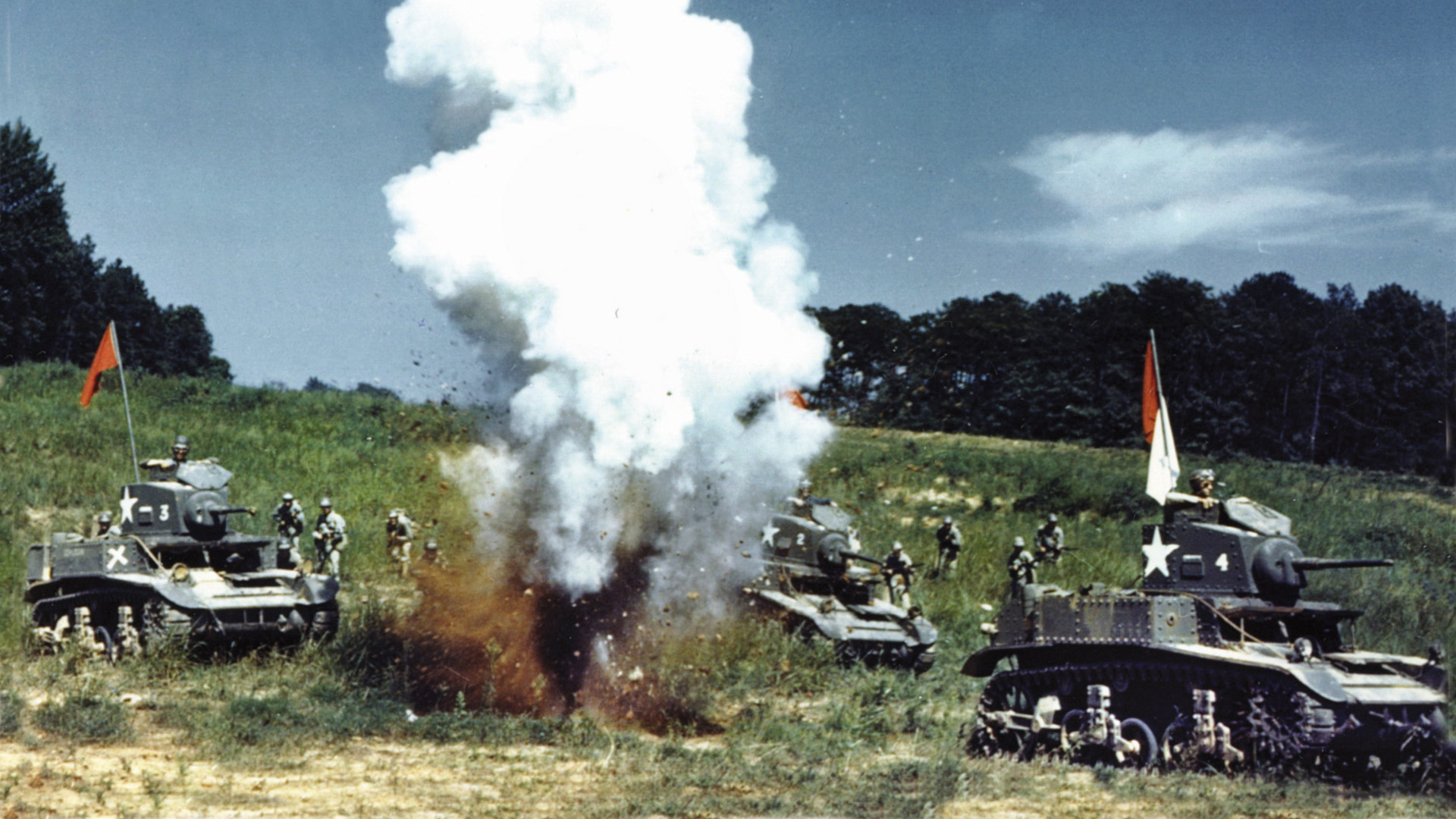
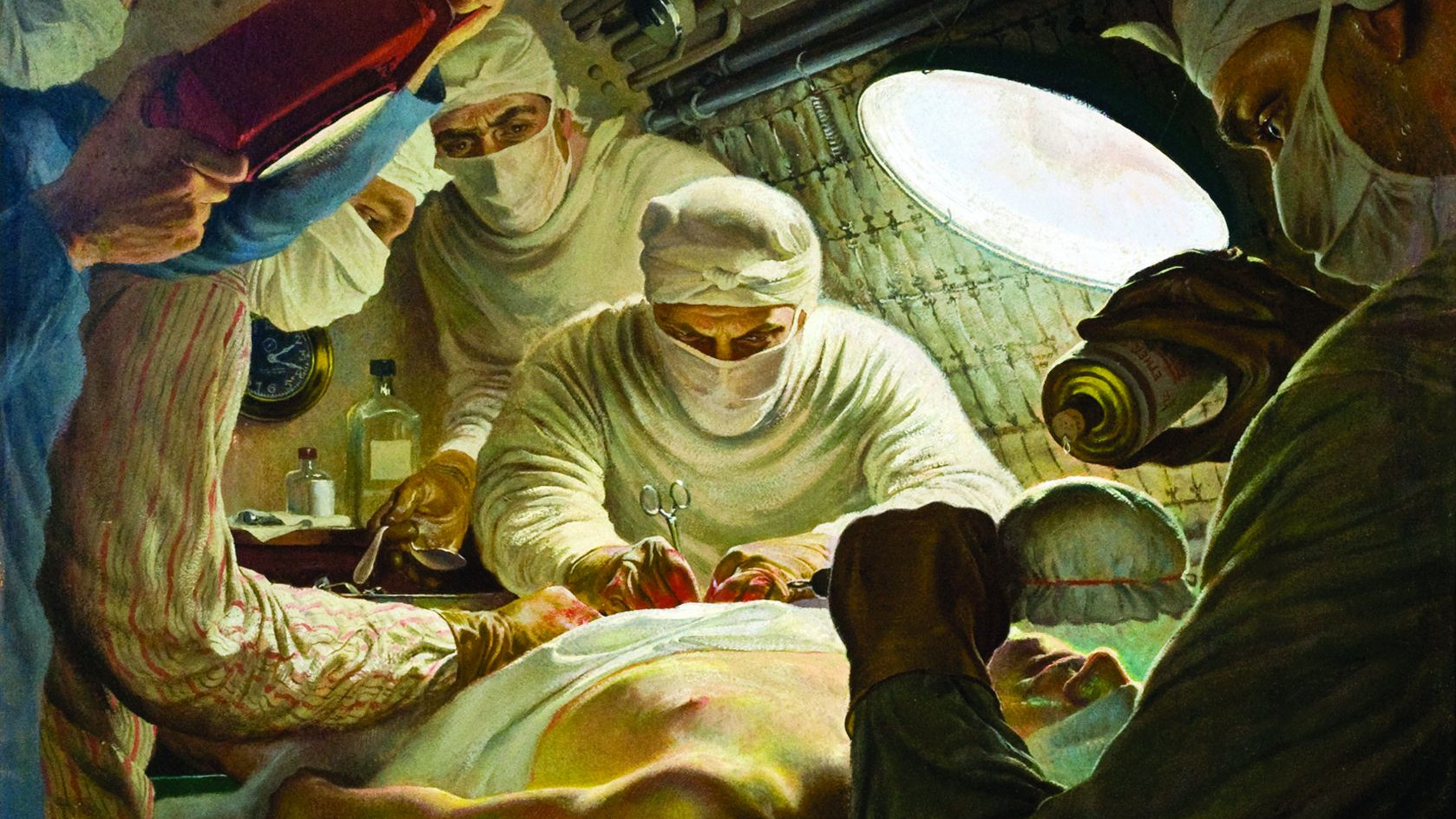
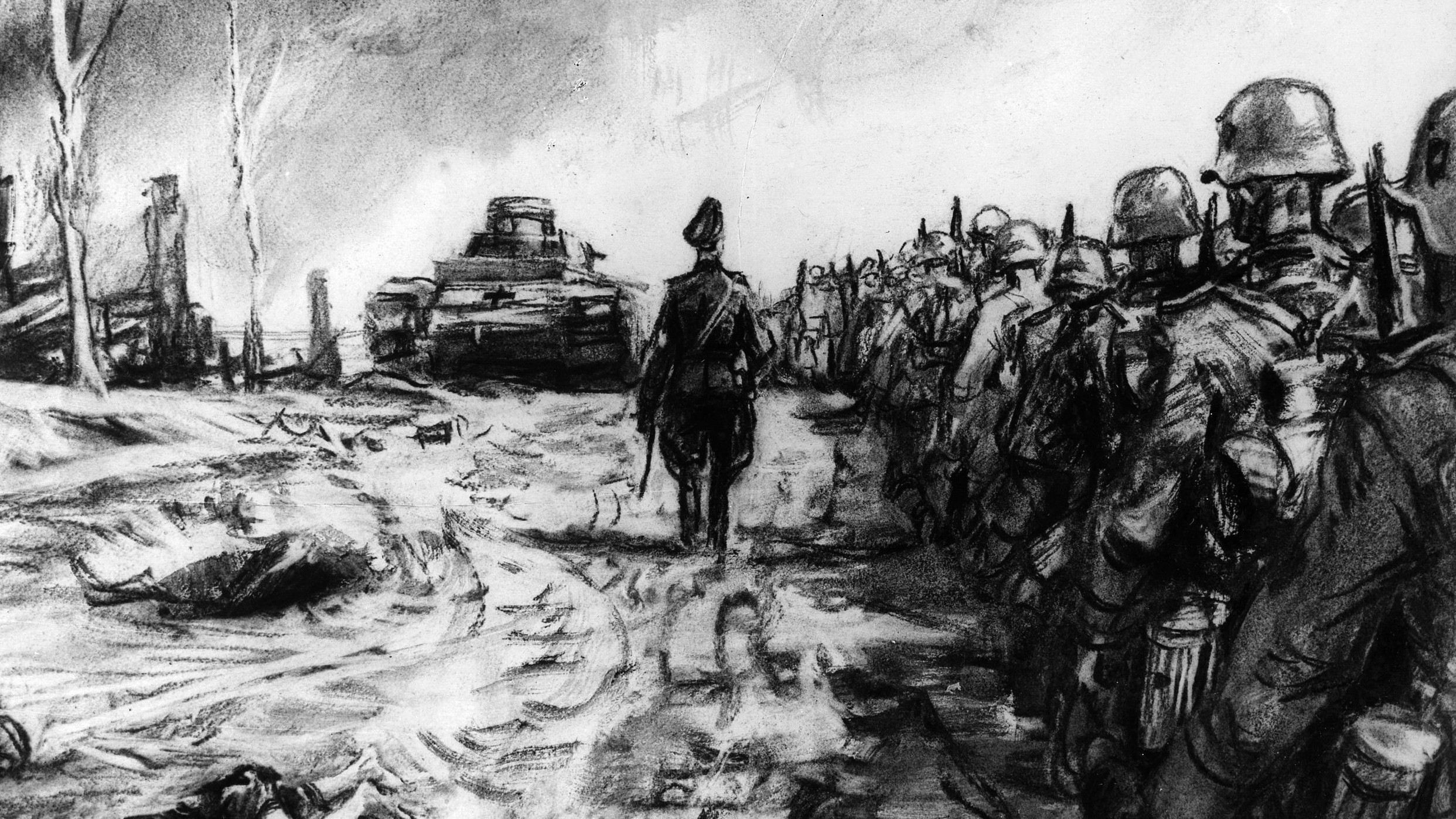
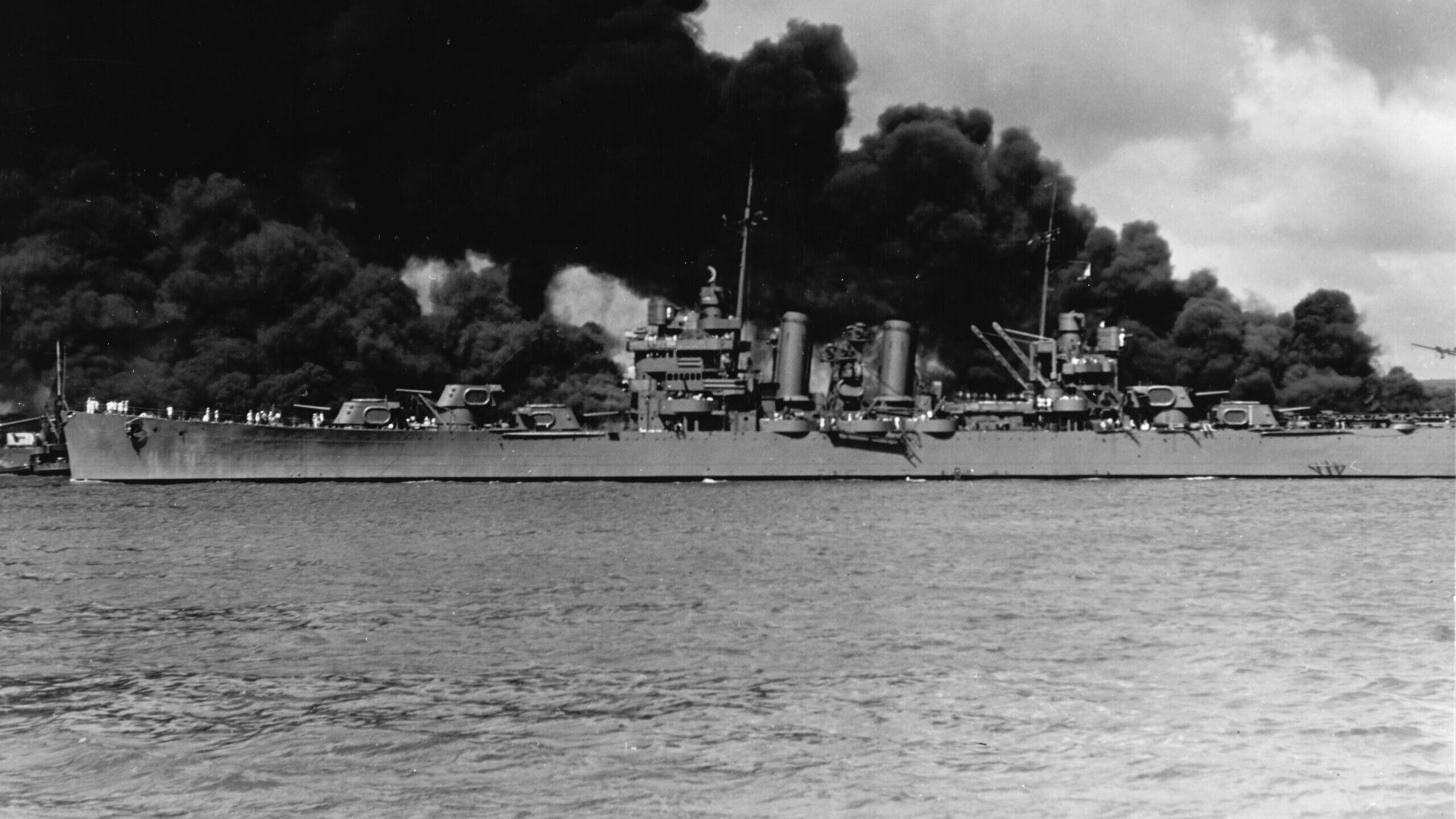
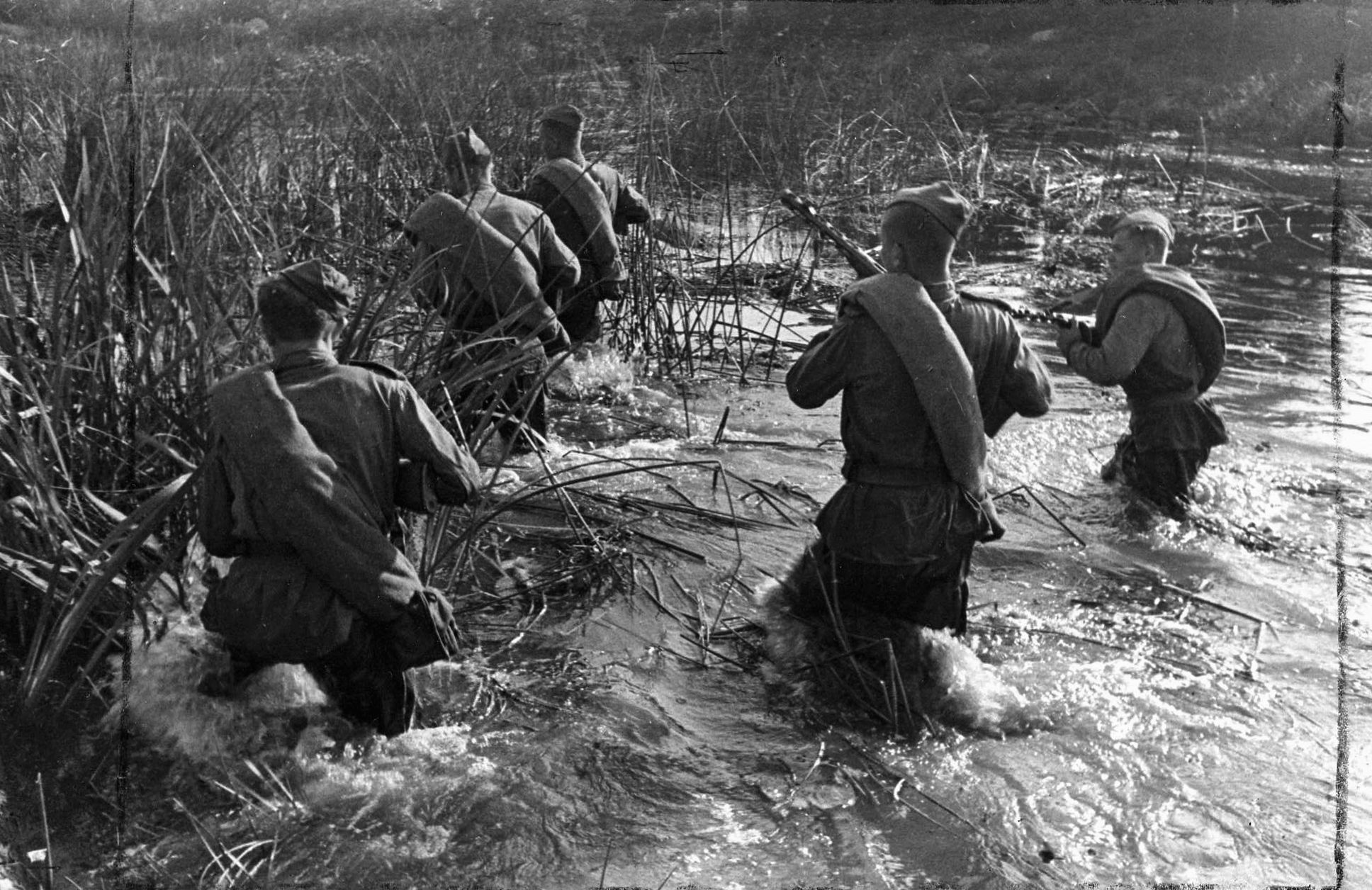
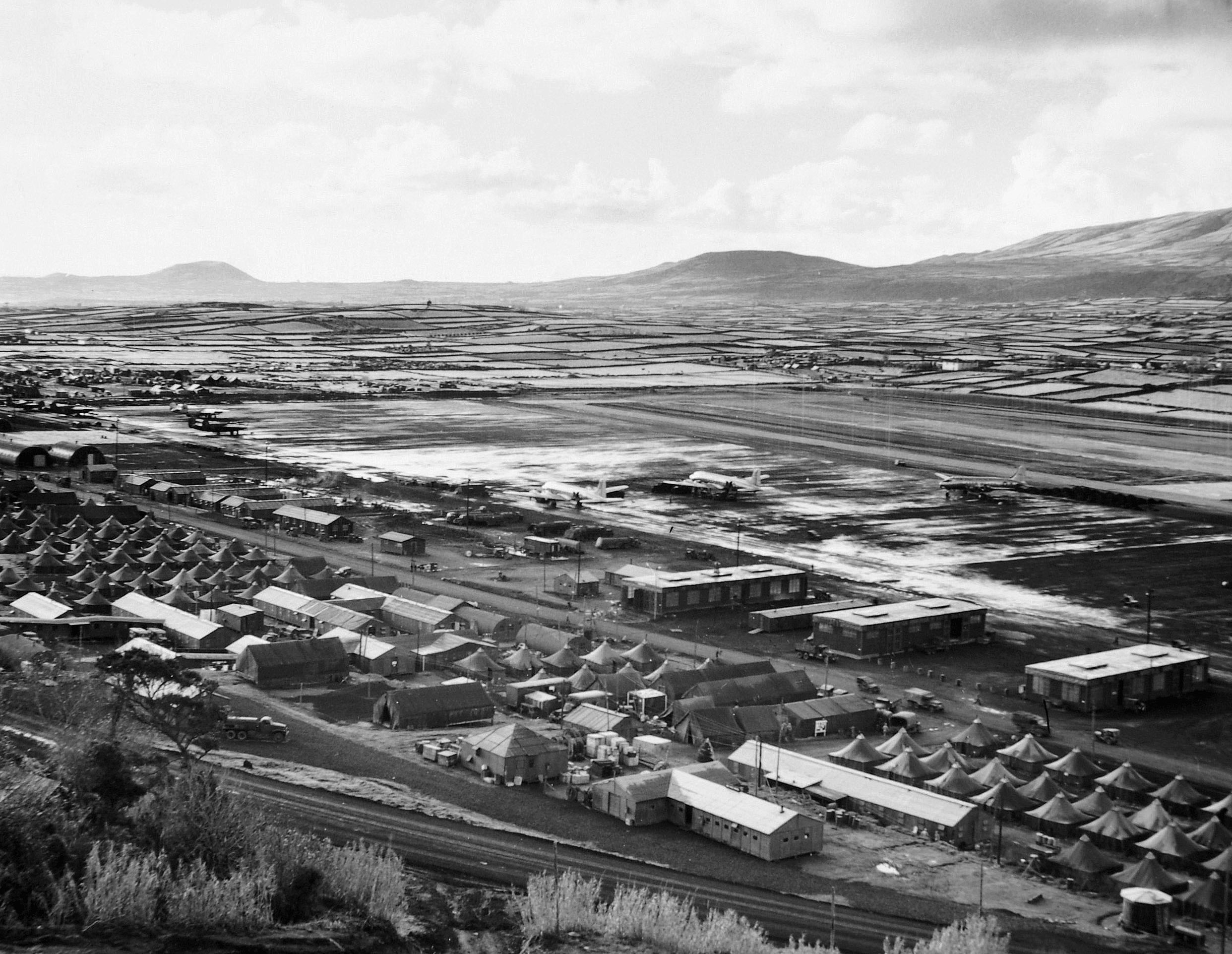
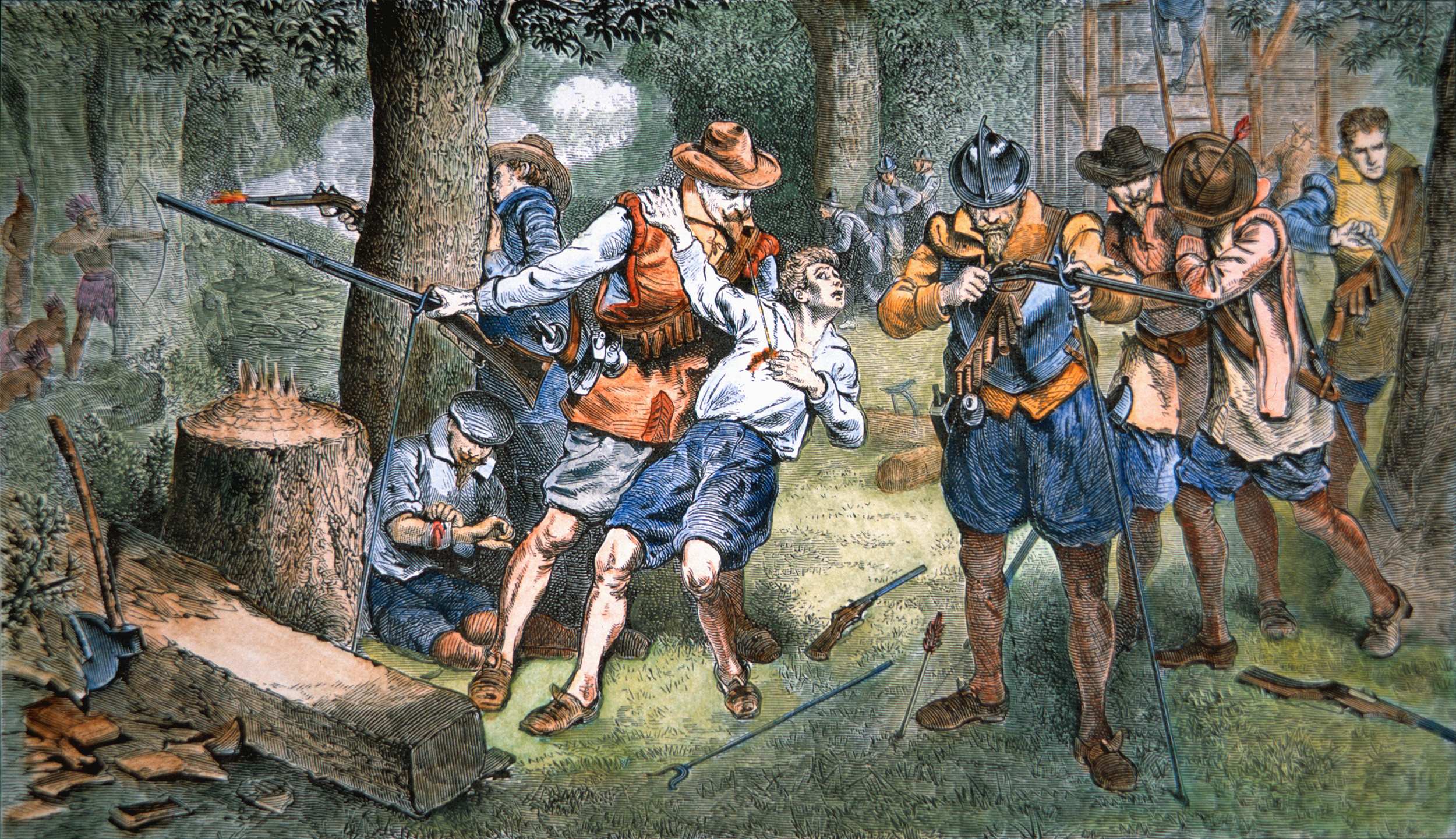
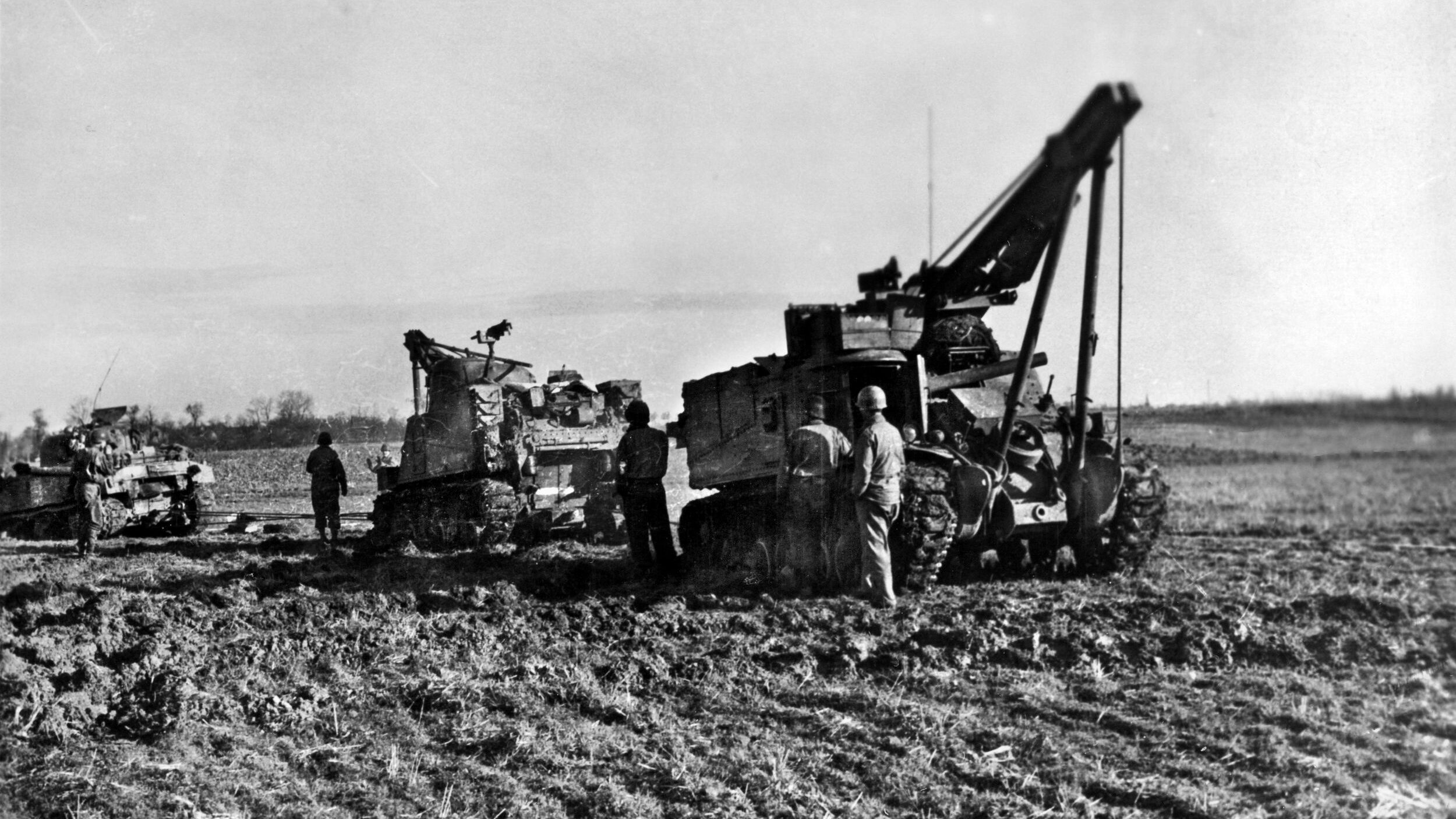
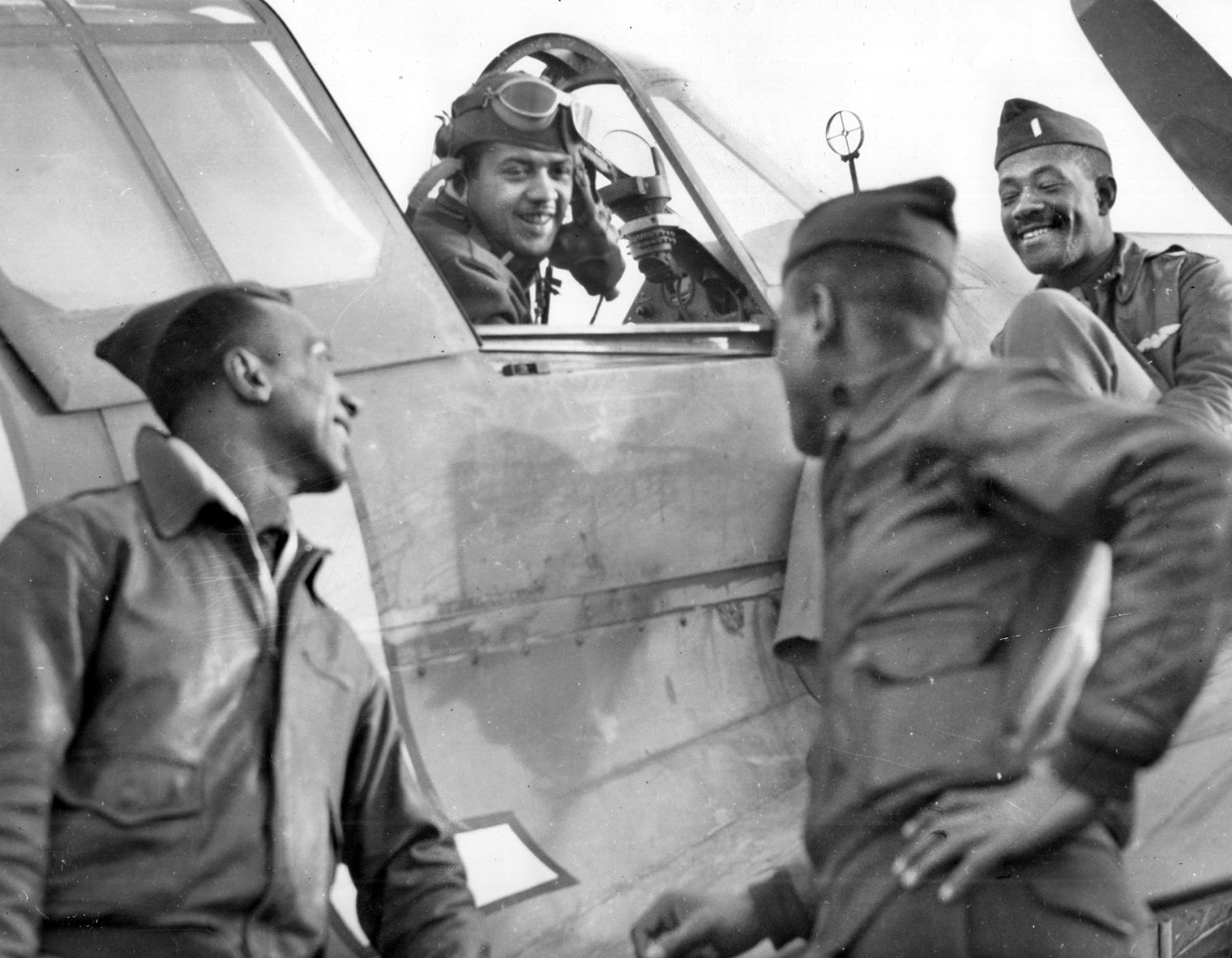
Join The Conversation
Comments